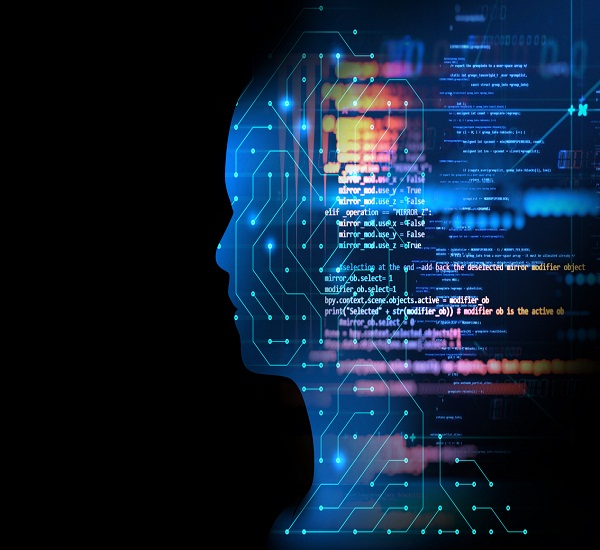With Artificial Intelligence (AI) come school runs and lunch boxes for machines – just kidding. According to a definition by ‘Expert Systems’, machine learning could simply be defined as a method of training a technological system to think, and process information organically and independently without the express involvement of the typical programming method.
In other words, some algorithms can be used to teach computer programs, to analyze data on their own without being hard-coded to do so. It is important to note that the method used to enable this sort of learning is through data computations.
You might wonder how this works – how interactions with these programs take place, seeing that scientist and humans generally do not speak in 0s (zeros) and 1s (ones) – the language of a machine. Like all machine, an algorithm allows the interfacing between man and computer and this same technique is applied to the process of machine learning. However, we need to make clear distinctions between programming a computer with algorithms and presenting it with algorithms or data set, to enhance performance and facilitate learning.
This brings me to the various forms through which machines are taught. Input and/or output data is introduced to the system in what is called a supervised or unsupervised format. A supervised format is basically presenting a computer program with categorized data of which the result is known, as a matter of fact i.e. labeled data, with the aim of helping it to identify patterns, determine outputs, and make inferences, when it comes in contact with such at a later time – similar to how humans make predictions or take decisions using knowledge they garnered from past related situations. The type of data used in this case is both the input-output data format. There is a sub-group of this format called semi-supervised learning using more uncategorized than categorized data set simultaneously.
On the other hand, the unsupervised method has to do with only inputted data which still enables it to identify patterns but from unlabelled datasets and without the limitation of providing a definitive output – free reigns and many possibilities.
The major difference in both methods is the fact that for supervised learning, there is an end goal to the learning process (fact-based)i.e.1+1 = 2 always-sort-of-fact, but for unsupervised, the objective of learning is discovery, fewer expectations, and more exploration.
To put it in perspective, machine learning exists to give computer programs the chance to become and perform, better, using the same techniques humans use to self-develop – learning and from experience too.
Fun-fact: ‘Alexa’ by Google and ‘Siri’ by Apple, make use of machine learning when they respond to personal questions you ask either of them – you never knew?
Now you do, so try asking any of these smart assistants’ questions about ‘absolutely anything’, and you would be shocked to hear their human-like responses – try it out today and see the practicalities of machine learning for yourself.










